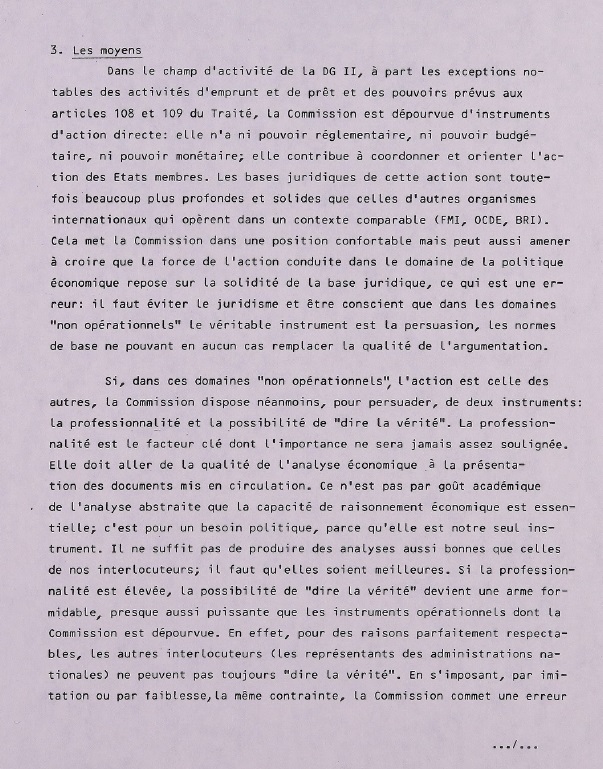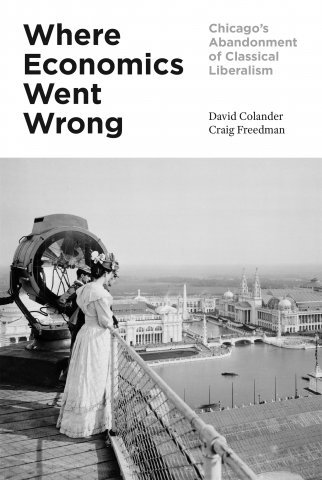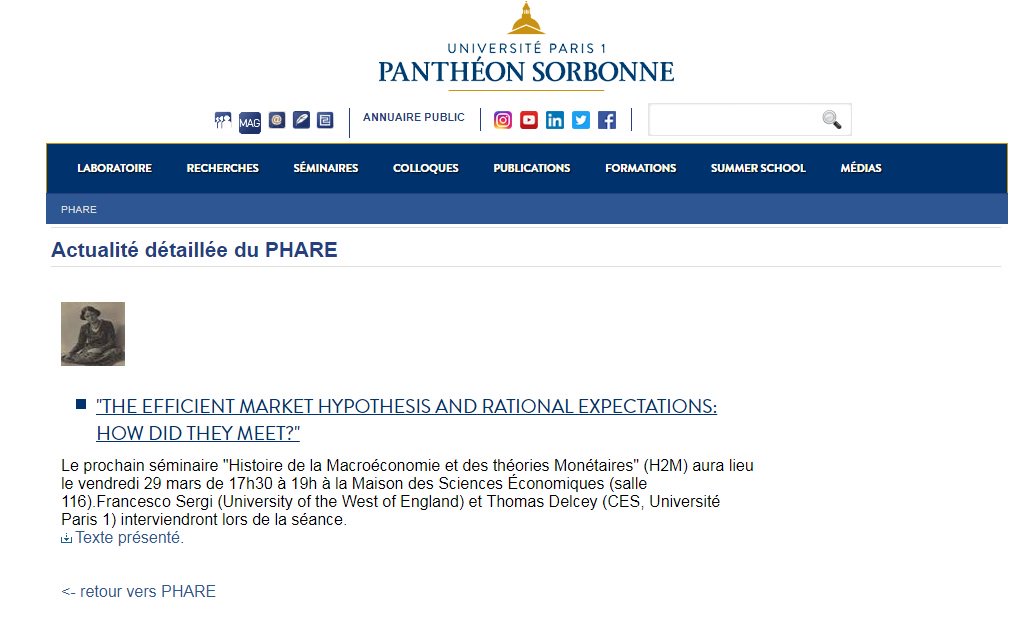1/ Who said “The #EuropeanCommission [economic] analyses were too numerous, often inaccurate, analytically poor, and marginal?”
A thread on the economic analysis at the EC, and especially #multicountry #modelling, based on our new paper with Antonella Rancan and @jcaacostamacia

A thread on the economic analysis at the EC, and especially #multicountry #modelling, based on our new paper with Antonella Rancan and @jcaacostamacia


2/ The quote is from Tommaso Padoa-Schioppa, head of the Commission Directorate for Financial and Economic Affairs (the “DG II”, or "Ecofin") from 1979 to 1983. In the quote, Padoa-Schioppa is describing the state of things at the DG II in 1979, when he took office. 



3/ For Padoa-Schioppa, the EC needed more “professionalism” when conducting economic analysis, in order to persuade national policymakers and hence to steer the course of national economic policies. 



4/ What did Padoa-Schioppa do to change that? Well, a lot of things. Ivo Maes, in a series of brilliant papers, has recounted the changes introduced by Padoa-Schioppa at the DG II (and beyond). But Maes’ works overlooked one aspect: macroeconometric modelling. 







5/ Developing the modelling capacities of the DG II was a key aspect of Padoa-Schioppa's agenda. During the 1970s and the 1980s, the DG II developed or enhanced several macroeconometric models. This is the story of our paper. 







6/ Why building macroeconometric models was so important at the time? In short, it had become a reputational stake, going beyond the analytical aspect of having a model. A famous Belgian macroeconometrician, Jean Waelbroeck, put it this way: 

7/ DG II had developed models before Padoa-Schioppa’s arrival. But those models were built outside the DG II, by external contractors. The challenge was, for Padoa-Schioppa, to develop the modelling activities within the DG II, by the DG II own economic staff: 

8/ What models should be used for at the DG II? Like in national institutions, models should produce forecasts, simulations, and policy analysis. But the DG II had to deal with one specific, distinctive question: analysing the interdependencies across European economies. 

9/ To deal with those questions, one needs a multi-country macroeconometric model: that is, a model representing several national economies + linkages across those economies. DG II economists were trying precisely to build and develop such models (and they still do). 

10/ But there are two different strategies to build a multi-country model. Our paper explains the difference between these two strategies, and why, within the context of the DG II, one strategy was abandoned while the other survived. Let’s go for the geeky part of this thread!
11/ First, what we call the “decentralized” strategy: by the mid-1970s, many national institutions had developed their own national models. One can build a multi-country model simply by “connecting” national models, like in “Project LINK”, a US-based initiative led by L. Klein. 



12/ This is "decentralized" since the team handling the multi-country model is just taking care of the linkage equations: national teams maintain and develop their national models, on their own. Each national model has thus his own specificities, size, and theoretical stances.
13/ Of course, how exactly to connect national models (the “linkage equations”) is not trivial. In Project LINK, the first linkage equations connect national economies through trade only (no capital flows, no financial linkages … at least until in the 1970).
14/ The second possible strategy, what we call the “centralized” one: one single team will build the multi-country model from the ground up. This comes with an homogeneous specification of all national economies represented in the model: all countries are alike.
15/ In the early 1970s, the DG II commissioned centralized multi-country models to external researchers. But, in 1978, Padoa-Schioppa entrusted one young economist of the DG II, Paolo Ranuzzi, to build a decentralized multi-country model: this will be called "EUROLINK." 

16/ EUROLINK connected four national models of very different sizes. The linkage system devised by Ranuzzi connected the national economies through trade. This approach was original and different from Project LINK (more on this in our paper). 





17/ From the very beginning EUROLINK came under severe criticism within the DG II. Too complex, too costly, too “apart” from DG II daily policy work. In our paper, thanks to archival materials, we are able to reconstruct in detail these debates (some excerpts below): 





18/ These debates echoed a turf battle within the DG II, between Direction C (Macroeconomic Analysis) and Direction A (Forecasting). This ended up also as a debates about the hiring and training of DG II economists, and about the computer facilities available to economists. 





19/ In 1982, EUROLINK was abandoned. The DG II hired André Dramais (from Université Libre de Bruxelles) to take the lead of the DG II modelling unit. Dramais developed a new multi-country model, “COMPACT”, following the centralized approach.
20/ The main inheritance of EUROLINK was his linkage system, who was used again in COMPACT and the following centralized multi-country models (the “QUEST” models), until the 1997 version (QUEST II).
21/ The short-lived EUROLINK experience is an example of how one modelling strategy came to be seen as less appropriate for a specific purpose, at a particular institution, at a particular moment in time.
22/ Also, it shows (like many other historical works) that theoretical debates are not the only driving factor in the evolution of macroeconomics, especially when it comes to policymaking institutions.
23/ Full working paper available here: web.unimol.it/progetti/repec…
Antonella will be presenting our work at the #Gide2022 conference in Paris this week!
Antonella will be presenting our work at the #Gide2022 conference in Paris this week!

• • •
Missing some Tweet in this thread? You can try to
force a refresh






